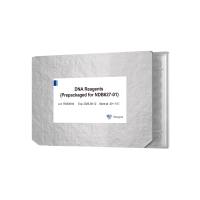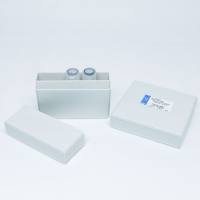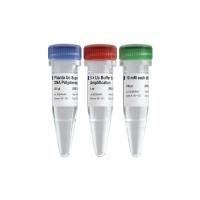Construction of a Normalized cDNA Library by mRN-cDNA Hybridization and Subtraction
互联网
538
The human genome project has predicted that the human genome encodes about 35,000 genes (1 ,2 ). These genes are not uniformly expressed in all of the cells. Some of them are expressed in most of the cells, but others are cell-or tissue-specific. It has been estimated that about 10,000 genes are expressed in a cell, but the abundance of their expression varies from 1 copy to 200,000 copies per cell (3 ). On average, the 10 most prevalent genes encode more than 5000 copies per each, whereas most others may be represented only by 1–15 copies (4 ,5 ). It is very difficult to identify the rarely represented mRNA from any tissue or cell type. Therefore, when constructing a cDNA library, a big challenge is how to reduce the number of the highly abundant species and, at the same time, to maintain the complexity of cDNA in the population (i.e., how to generate a normalized library). The generation of expressed sequence tags (ESTs) by single-pass sequencing of cDNA clones has been greatly accelerating gene discovery (6 ). One of the important applications of normalized cDNA libraries is to provide great sources for efficient large-scale generation of ESTs (7 –9 ).









